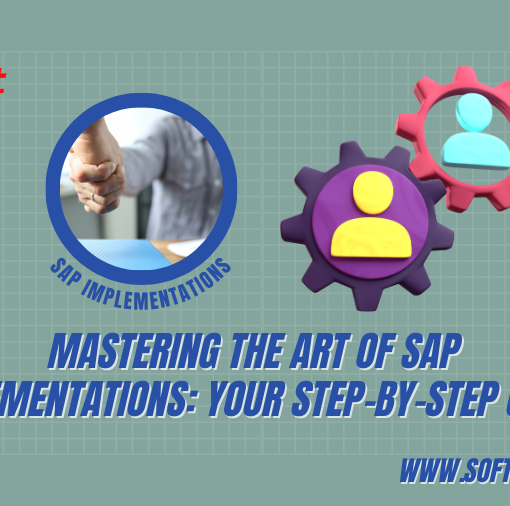The world spins on a constant axis of change. Technology evolves, markets shift, and our working landscapes morph from cubicle jungles to remote savannas. In this whirlwind of transformation, change management isn’t just a buzzword, it’s a survival skill. But how do we, mere mortals, tame the change monster and turn its disruptive roar into a symphony of progress? Fear not, intrepid explorers, for this blog is your map to navigating the treacherous terrain of organizational change.

Step 1: Understanding the Beast – Why Change is Scary (But Necessary)
Change, while essential for growth, can unleash primal fears – uncertainty, disruption, and the terrifying unknown. Employees worry about job security, lost skills, and navigating new tools and processes. This resistance is natural, and ignoring it is a recipe for disaster. So, acknowledge the fear, empathize with your team, and assure them that you’re in this together.
Step 2: Crafting a Compass – Defining Your Change Vision
Before embarking on your change journey, you need a clear destination. What is the vision behind this change? How will it benefit the organization and, most importantly, the employees? Articulate this vision clearly and succinctly, paint a picture of the future state, and inspire your team to embrace the adventure.
Step 3: Building Bridges, Not Walls – Communication is Key
Open, honest, and frequent communication is the golden thread that weaves successful change initiatives. Keep your team informed about every step of the process, explain decisions, and address concerns promptly. Utilize multiple channels – emails, town halls, informal chats – to ensure everyone hears the message loud and clear.
Step 4: Empowering the Tribe – Participation Breeds Ownership
Don’t treat your team as passive subjects of change. Involve them in the process! Gather their feedback, incorporate their ideas, and empower them to champion the change themselves. When employees feel ownership, they become allies, not adversaries, in the journey.
Step 5: Celebrating Milestones – Acknowledging Progress Fuels Motivation
Change is a marathon, not a sprint. Acknowledge and celebrate successes along the way, no matter how small. A simple “thank you” or a team lunch can go a long way in maintaining morale and reinforcing the positive aspects of change.
Step 6: Embracing Agility – Adapting to the Evolving Landscape
Change is rarely linear. Be prepared to adjust your course as you go. Listen to feedback, learn from mistakes, and iterate your approach as needed. Embrace agility and flexibility as your guiding principles.
Bonus Tools for Your Change Management Toolkit:
- Change Management Models: Leverage popular models like Kotter’s 8-Step Change Model or ADKAR to provide a structured approach to implementing change.
- Training and Support: Equip your team with the knowledge and skills they need to navigate the change effectively. Offer training sessions, provide access to resources, and create a safe space for questions and concerns.
- Change Champions: Identify and empower key individuals within your team to act as change advocates. Their enthusiasm and leadership can inspire others to embrace the transformation.
Remember, change management is not a one-time fix, but an ongoing process. By understanding the fear, crafting a vision, and fostering open communication, you can transform your team from reluctant bystanders to passionate participants in the journey of organizational evolution. So, take a deep breath, conquer the change monster, and watch your organization flourish in the ever-changing digital landscape.
You may be interested in:
Document: Raising events based on changed.
The Importance of Emotional Intelligence in the Workplace




